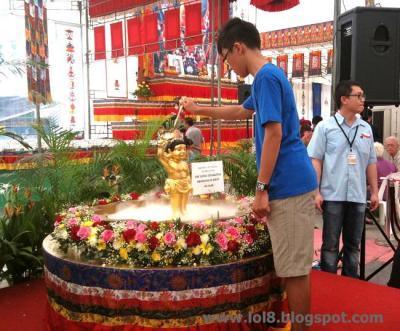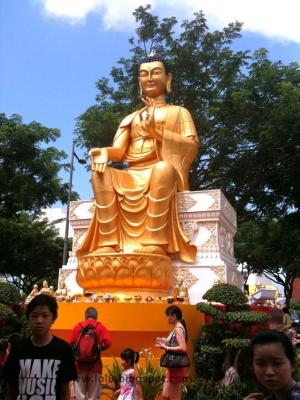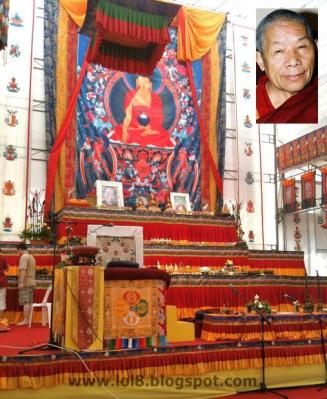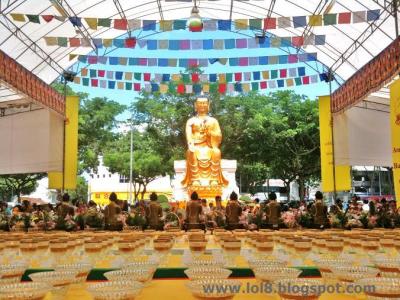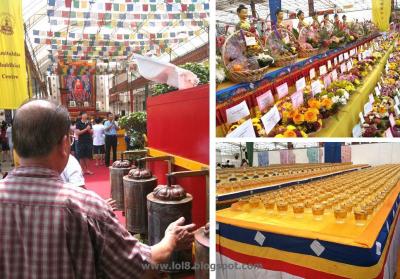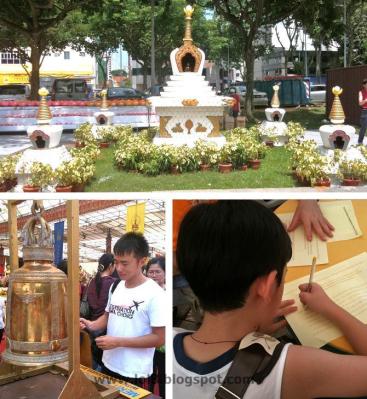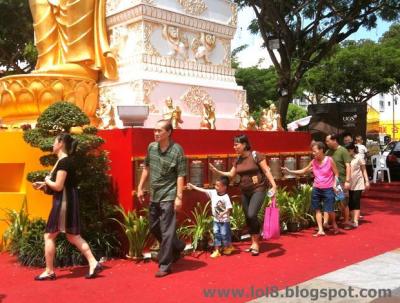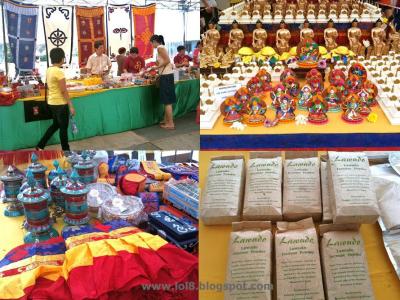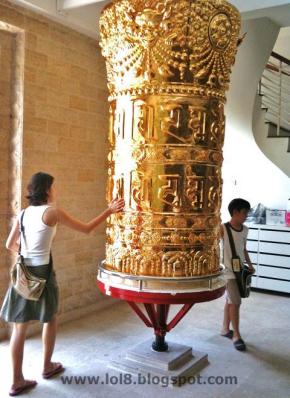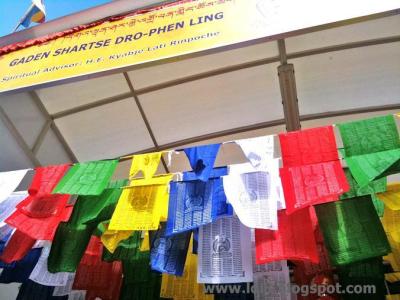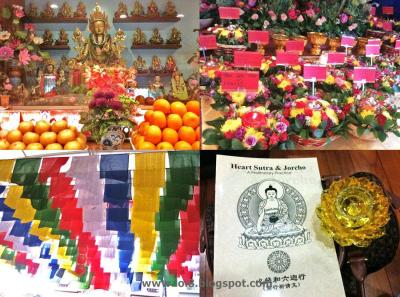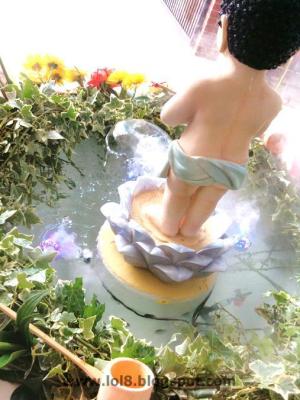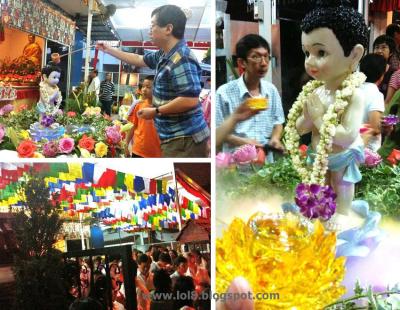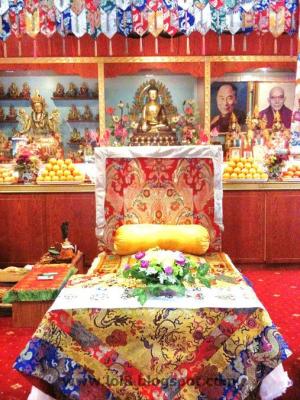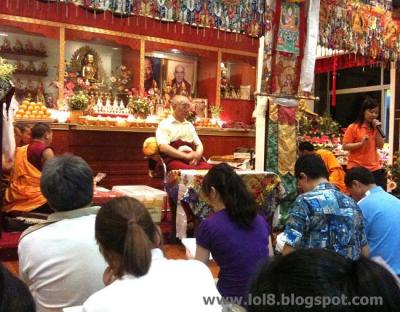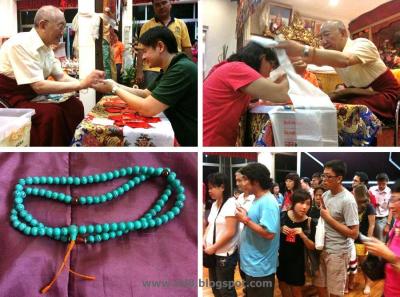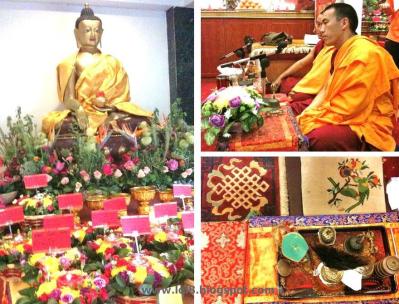Archive for the ‘Amitabha Buddhist Centre’ Category
An obstacle-clearing weekend
 The Heart Sutra belongs to the teachings on the perfecting of insight or wisdom, sometimes referred to as the “Mother of all Buddhas”. It is this insight or wisdom that brings about enlightened individuals.
The Heart Sutra belongs to the teachings on the perfecting of insight or wisdom, sometimes referred to as the “Mother of all Buddhas”. It is this insight or wisdom that brings about enlightened individuals. The Prajnaparamita mantra is:
Venue: Amitabha Buddhist Centre (ABC)
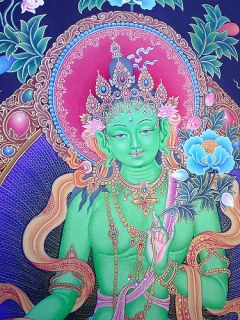 The all-night Tara practice is a tradition to recite the 21 praises to Tara. The sessions are interspersed with full length prostrations and circumambulations – all done while reciting the 21 Praises.
The all-night Tara practice is a tradition to recite the 21 praises to Tara. The sessions are interspersed with full length prostrations and circumambulations – all done while reciting the 21 Praises.
There are many inner obstacles that hinder the development of our wisdom and compassion. These inner obstacles in turn create external obstacles. All the enlightened activities of the Buddhas manifest in this female aspect, Tara the Liberator, in order to help living beings to successfully accomplish their goals.
Tara is known for the quick respond to our prayers. Here are some of the benefits of praying to Tara. In the future, you will:
– Achieve success in your career and business
– Increase your wealth
– Excel in your studies
– Be protected from fears, harms and dangers
– Gain good health and auspicious energy
– Obtain good rebirths in your future lives
Do it for others….. what happened on Wheel Turning Day…..
Yesterday morning I woke up at 5am+ pushing 6am, and took the 8 Mahayana Precepts. The 8 Mahayana Precepts (vows) are taken for 24 hours. It is especially good to take them on full and new moon days and on special Buddhist days. Yesterday was Chokhor Duchen, Wheel Turning Day, in which the merits multiplied by 100 million times! What not a better day to reap immense merits. Creating merits is definitely something we can be kiasu about!
The essence of this practice is to be mindful of the Mahayana motivation; to take these precepts in order to lead all sentient beings to enlightenment.
The first time one takes the precepts, it is done from a qualified master / monk / guru. Thereafter one can do the ceremony before a Buddha image by visualising it as the actual Buddha. Another pre-requisite is one must have already Taken Refuge. I took the Precepts from Geshe Chonyi from ABC a few years ago, so now whenever I want to go on the Mahayana Precepts, I can do it on my own. During the 24 hours (before sunrise to the next morning sunrise), one can only take one vegetarian meal before 12 noon and thereafter fast till the following morning. Liquids without solids/pulp are allowed.
Observing precepts for even such a short time has tremendous benefits: one accumulates a great amount of positive potential (merit) in a short time. One will receive pleasant rebirths and eventually will attain enlightenment. One is protected from harm and the place where one lives becomes peaceful and prosperous. One’s mind is peaceful and calm; one gains control over one’s bad habits; there will be fewer distractions when meditating. One gets along better with others. One will meet the Buddha’s teachings in the future and can be born as a disciple of Maitreya Buddha.
In the afternoon, I specially went down to ABC to join in the recitation of the Golden Light Sutra. When many people recite the Sutra together, the merits multiply many times. The Golden Light Sutra was 21 chapters long and it took us 4 hours to complete the entire text. As with the last time I recited the Golden Light Sutra, whenever I reached Chapter 17, the story of the “Previous Lives ofJalavahana’s 10,000 Fish Disciples“, I would be so touched that my hair would be standing. I don’t know why.
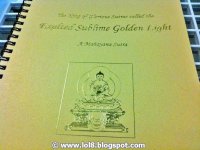 To summarise, the story tells of how 10,000 fishes were saved by a compassionate Jalavahana, a merchant’s son, from a drying lake, as well as from flesh-eating animals and vultures. He not only tried to feed the 10,000 hungry fishes, he also expounded the Dharma to them. As a result, although the 10,000 fishes eventually died, from the animal realm, they were reborn as Gods of the Thirty-Three, due to the virtuous bodhisattava act of the compassionate Jalavahana. Jalavahana was Shakyamuni Buddha in a previous life. The moral of the story is, firstly, Dharma can be propounded to even animals (liberate them in this lifetime), and secondly, you can become a Buddha, depending on your actions.
To summarise, the story tells of how 10,000 fishes were saved by a compassionate Jalavahana, a merchant’s son, from a drying lake, as well as from flesh-eating animals and vultures. He not only tried to feed the 10,000 hungry fishes, he also expounded the Dharma to them. As a result, although the 10,000 fishes eventually died, from the animal realm, they were reborn as Gods of the Thirty-Three, due to the virtuous bodhisattava act of the compassionate Jalavahana. Jalavahana was Shakyamuni Buddha in a previous life. The moral of the story is, firstly, Dharma can be propounded to even animals (liberate them in this lifetime), and secondly, you can become a Buddha, depending on your actions.
Beautiful short video with brief shots of Rinpoche and his infectious laugh and numerous Sangha from FPMT. See if you can sight Rinpoche in the video as well as some Sangha/members from ABC. It is accompanied by a very nice upbeat song, Do It For Others. Hope you had a virtuous day yesterday. _/\_
http://www.youtube.com/v/DnwZE-aySQ4&hl=en_US&fs=1
It’s Chokhor Duchen on 15 July! Merits increased by 100 million times!
“The door of Dharma practice is observing karma.” – Lama Zopa Rinpoche
- 8 Mahayana Precepts Taking Ceremony with Geshe Chonyi: 6am sharp
- Golden Light Sutra Recitation: 2pm – 6pm
- Shakyamuni Buddha Puja: 7.30pm
Please perform virtuous, meritorious deeds on this day.
Samantabhadra protection
Received with thanks!
For your XX birthday, we wish you long life, superb health and every happiness!
To celebrate your special day, you are included in our prayers and dedications for our monthly Animal Liberation.
Wishing you many happy and auspicious returns! May you receive the blessings of the Three Jewels always!
Amitabha Buddhist Centre
Vesak 2554
Tons of photos ahead….
– a 500ft/152m bronze statue of Buddha Maitreya in Kushinagar, Uttar Pradesh.
– a 150ft/45m statue of Maitreya in Bodhgaya, Bihar.
1. One becomes like the light in the world.
2. One achieves the clairvoyance of the pure flesh eye [as a human].
3. One achieves the devas’ eye.
4. One receives the wisdom of knowing what is virtue and what is non-virtue.
5. One is able to eliminate the darkness of ignorance, the concept of inherent existence.
6. One receives the illumination of wisdom, even in samsara one never experiences darkness.
7. One receives great enjoyment wealth.
8. One is reborn in the deva or human realms.
9. One quickly becomes liberated.
10. One quickly attains enlightenment.

Rinpoche was recognized as the reincarnation of the 9th Kyabgoen of Dagyab. Rinpoche studied at the Drepung monastery and has also achieved the title of Geshe Lharampa (a qualification which is equivalent to the PHD degree in Indian universities), the highest degree awarded in Tibetan Buddhism.
There will also be a grand 3-day public program on 17-19 June. For details of the Grand Puja From The Three Jewels, please click here.
The auspicious Shakyamuni Buddha puja that night ended with us receiving blessings from Dagyab Rinpoche. Each of us received a special Vesak Day gift, a mala beads for our spiritual practice. There were many different types and colours of mala beads. Rinpoche gave me a turquoise-blue one. Many of us offered khata too. In a rare impromptu moment, I also managed to request a photo with Rinpoche, who very very kindly agreed. As it was a self shot photo using my iPhone, I could not clasp my palm as my hand was holding the phone (I usually clasp my palm if I take a photo with a guru, as a sign of respect). Thank you, Rinpoche! I feel blessed indeed because there are masters and gurus who appear at different timings, at the right timing, to teach me and to guide me along my Dharma path. _/\_

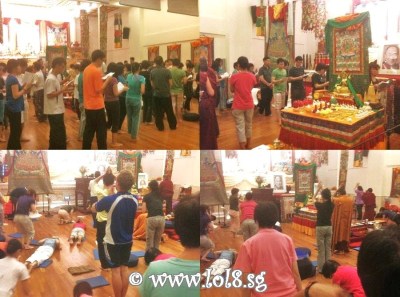
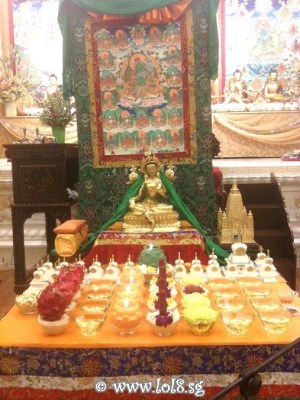
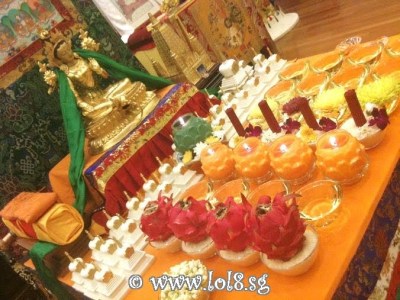
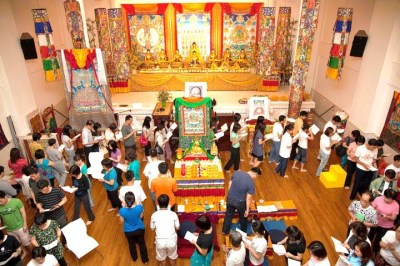
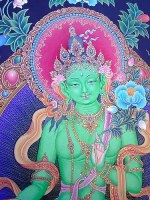
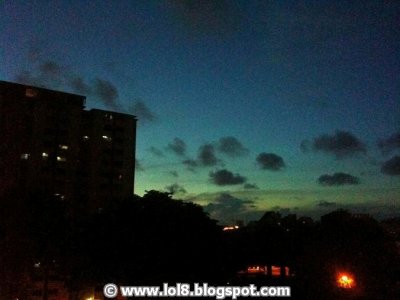
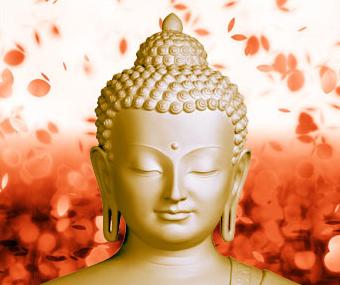
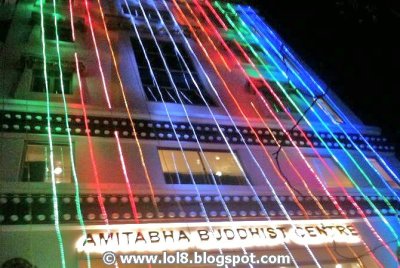
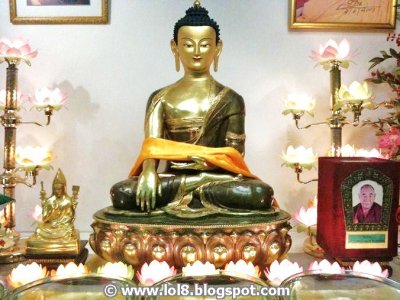
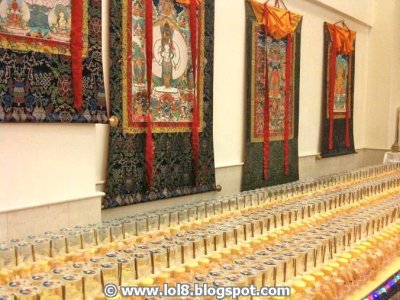

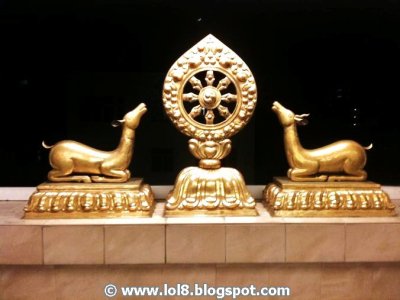

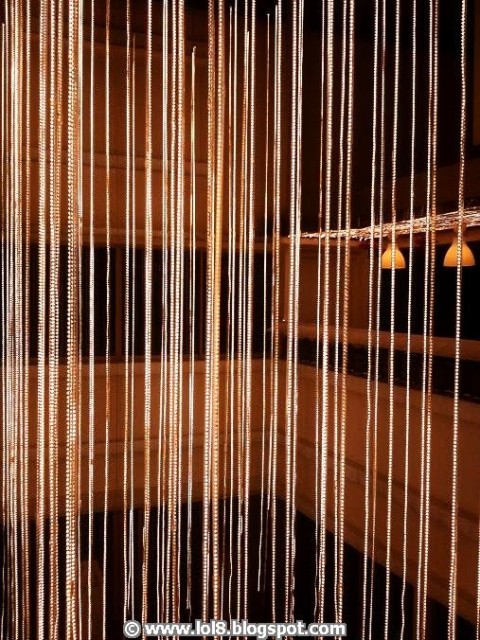
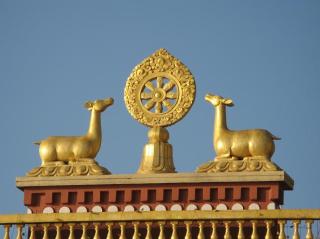
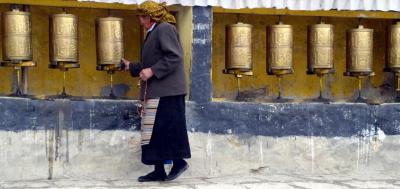
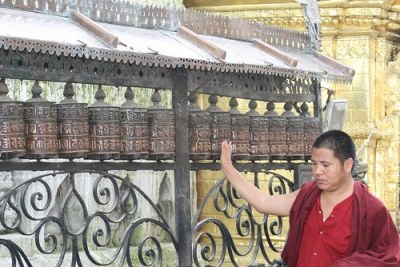
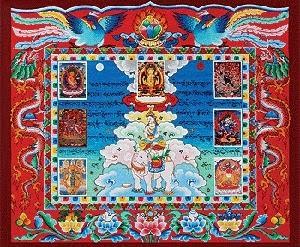
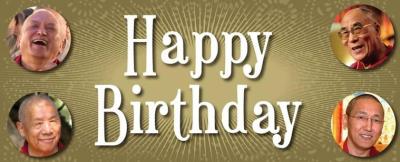 .
. 
